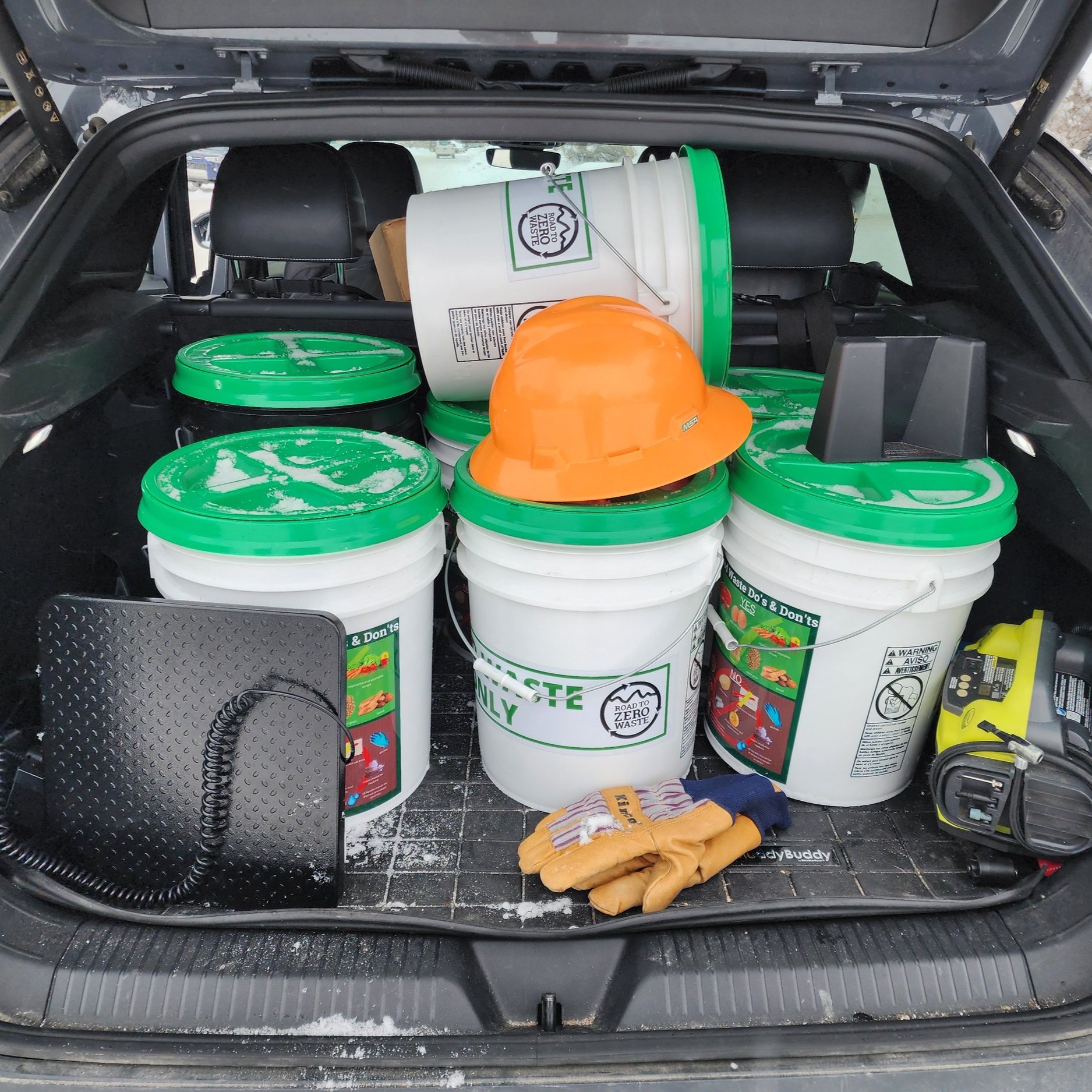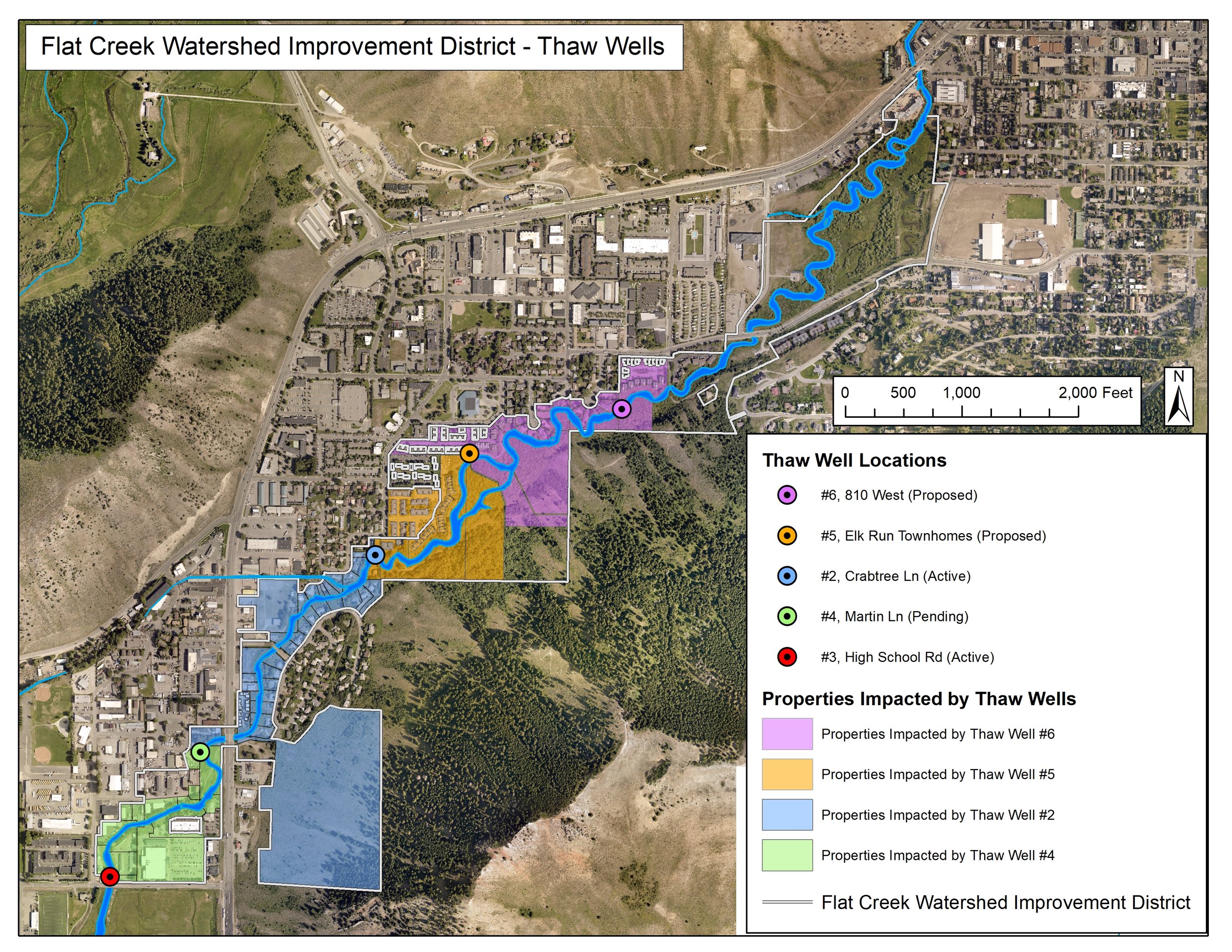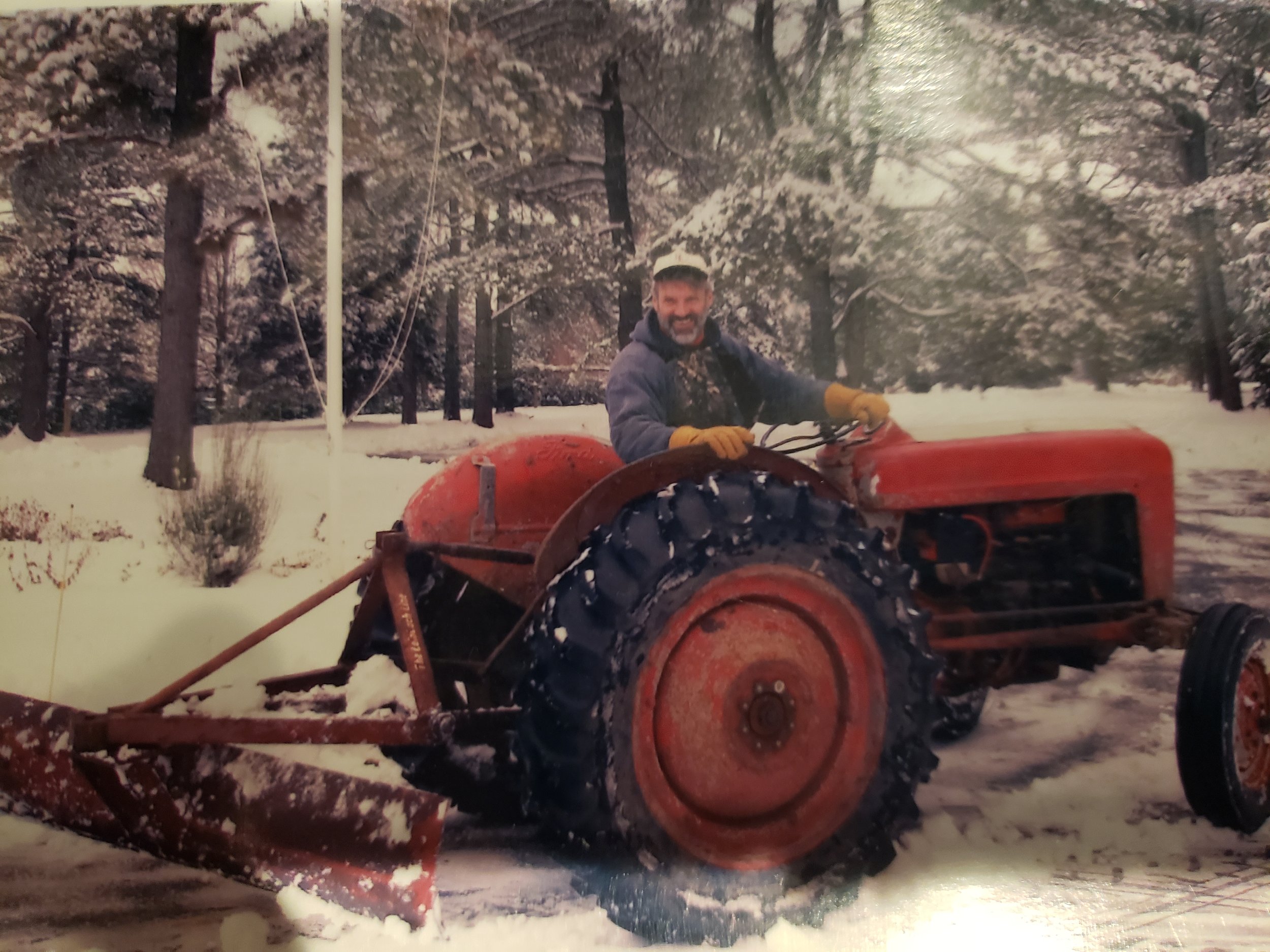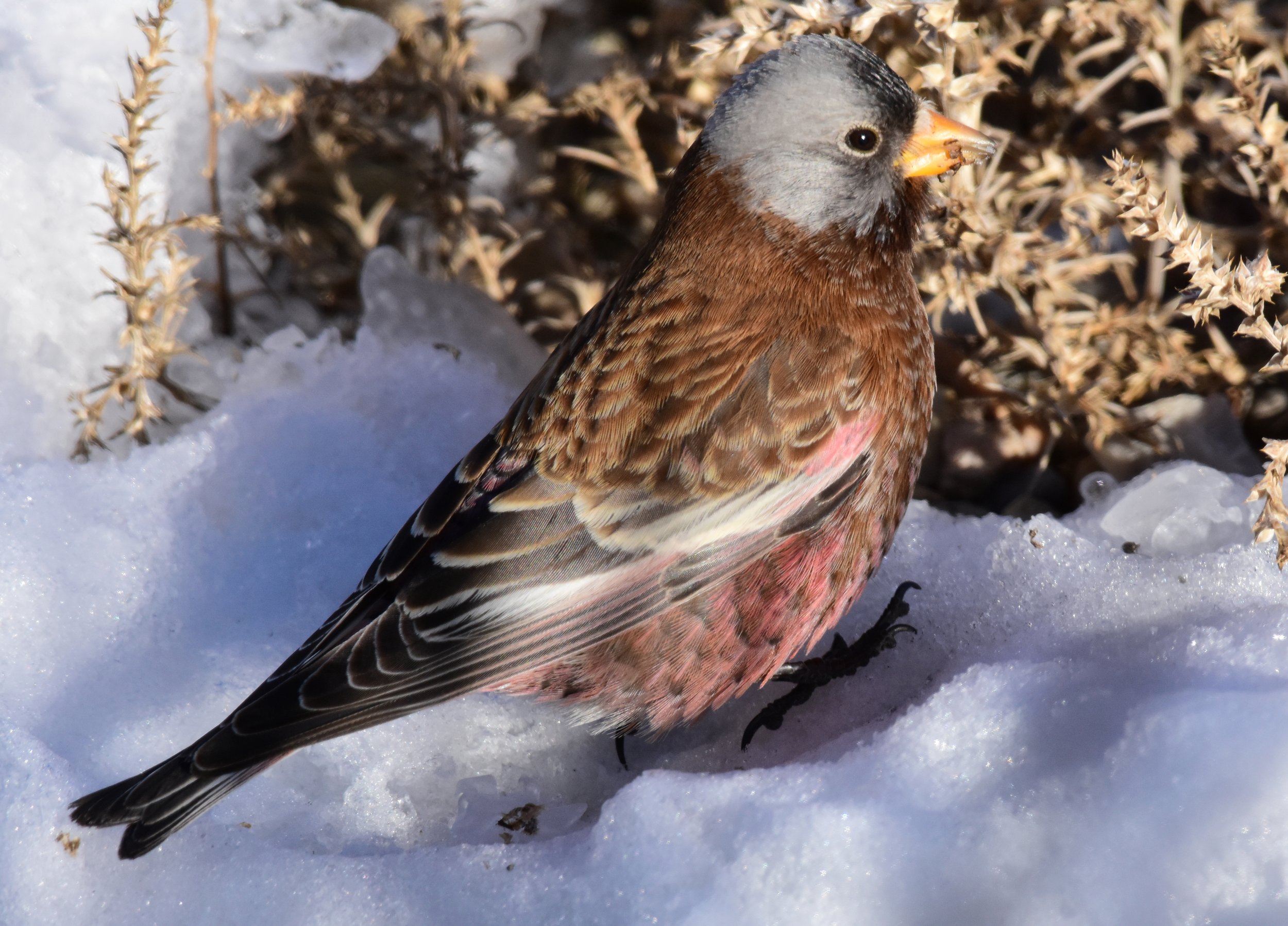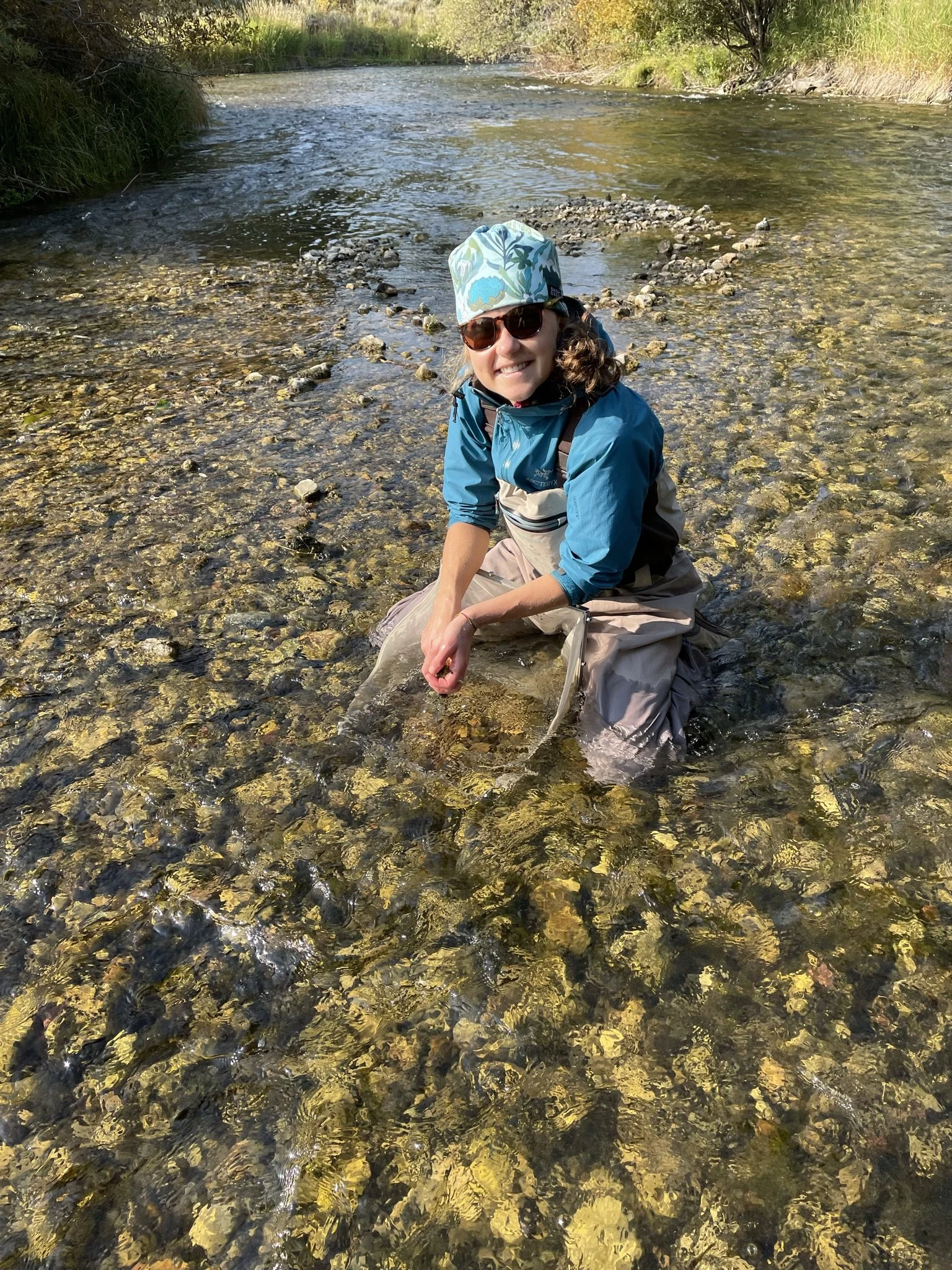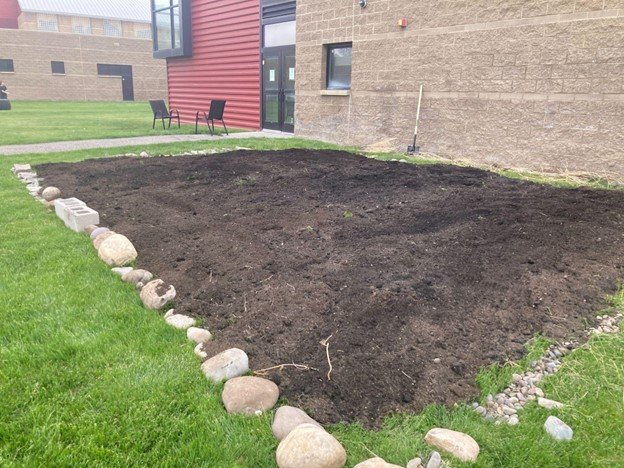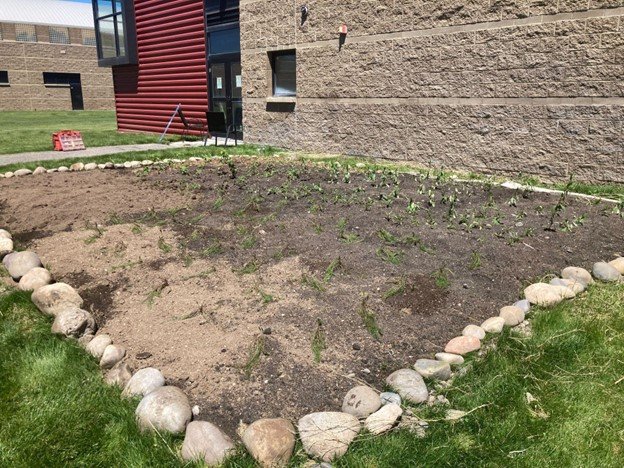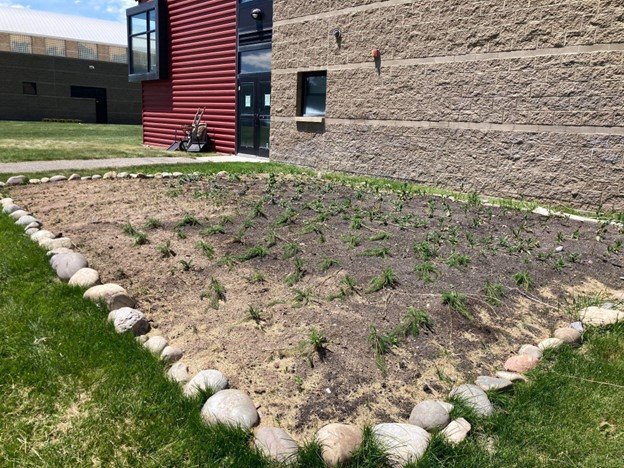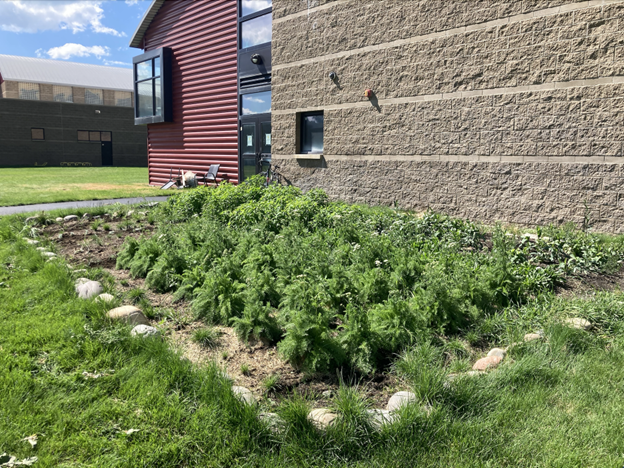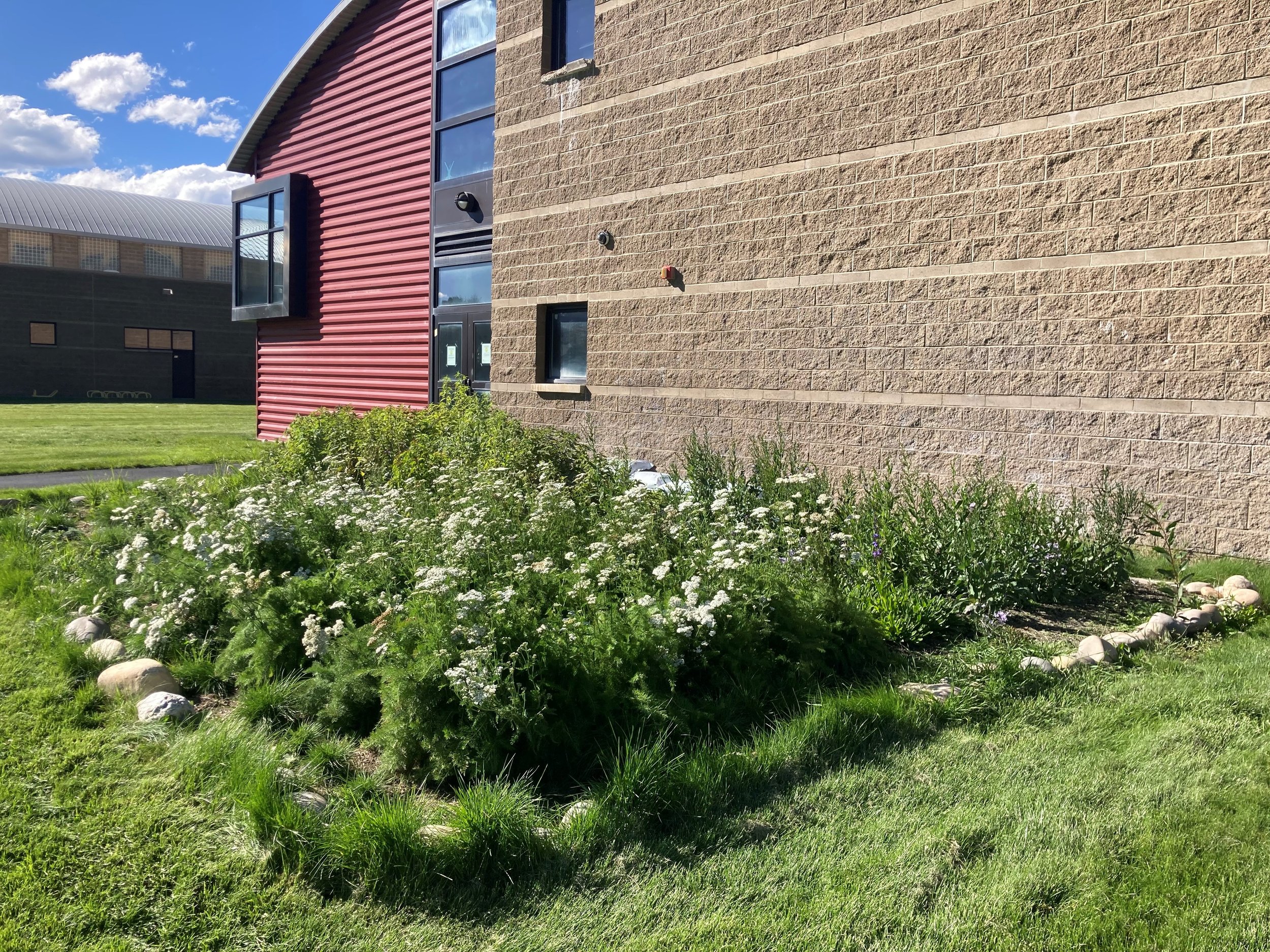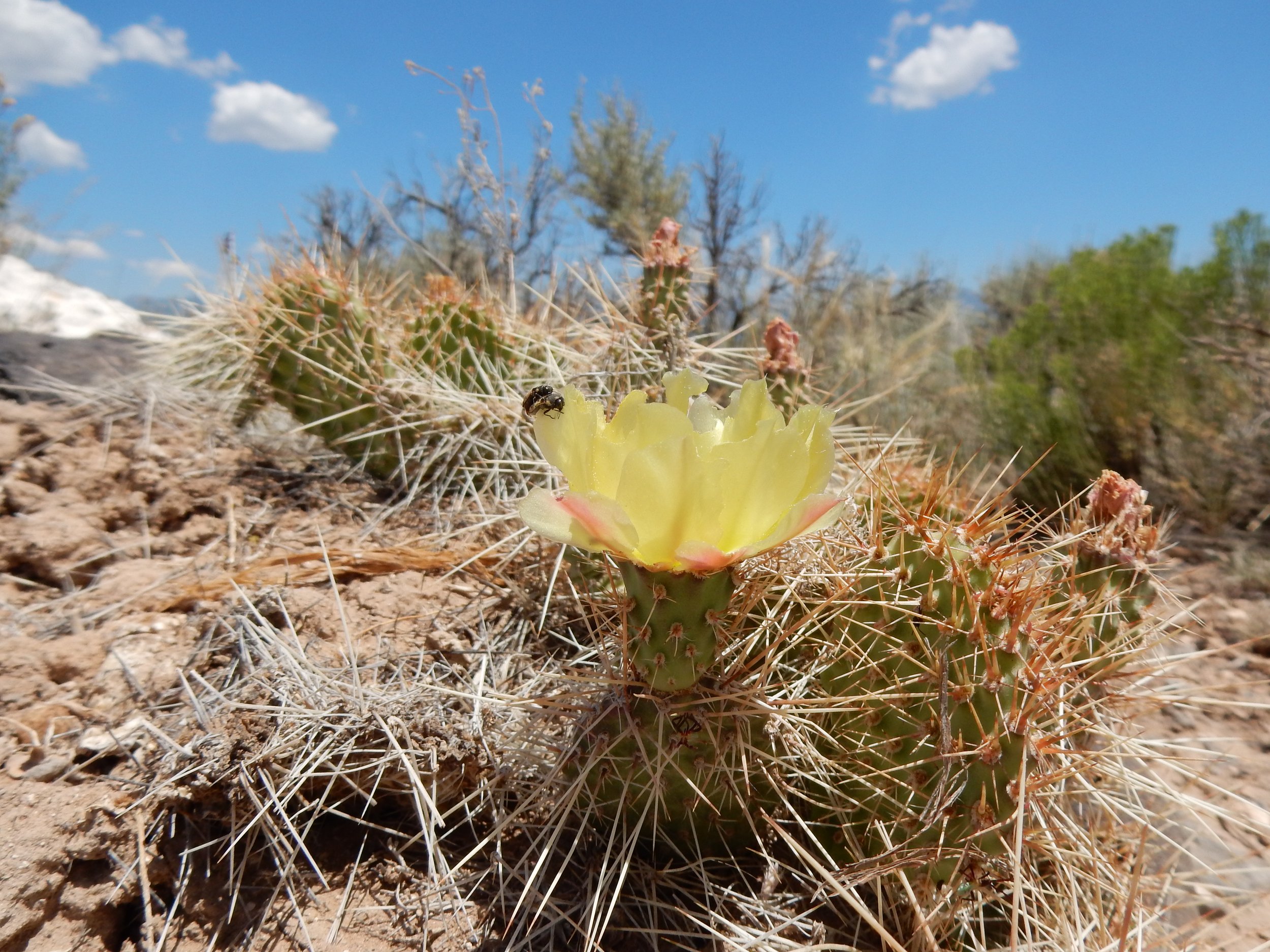Kathy Farbod, Teton Conservation District Supervisor.
Kathy Farbod was elected to Teton Conservation District’s Board of Supervisors in November 2024 and will serve a four-year term. As the at-large representative, Kathy brings a wealth of experience in sustainable design and a personal commitment to conservation. We’re excited to have Kathy join as a supervisor. Get to know her below!
What inspired your interest in conservation?
As a child, I was always fascinated by outer space—galaxies, stars, and the vastness of the universe. It made me realize how small and precious our planet is, which felt like common sense in the need to preserve and protect our natural resources. Growing up in urban environments, I always longed to be surrounded by mountains and trees, with clear views of the stars.
Sophie Lamb, Kathy’s daughter, created the native plant garden at Jackson Hole High School and is a key inspiration for Kathy’s conservation work in Teton County.
My daughter, Sophie Lamb, has been a huge inspiration in my conservation journey. Her passion for the environment has been clear since she was a little girl, and now she’s pursuing it through her education. For me, it’s not just the “what” that inspired me, but the “who.” I am excited to continue the work my daughter started in Teton County during her high school years. She was passionate about replacing green lawns with native plants in public spaces, and now that focus is part of my work with the Teton Conservation District. I am honored to continue these efforts.
Can you share your background and what led you to settle in Teton County?
I was born and grew up in Iran until a few months before the 1979 revolution. I moved to the U.S. to finish high school, learn English, and eventually enroll in college. Circumstances in Iran prevented my return and my pursuit of a law degree, which was my goal. I attended Moore College of Art in Philadelphia and earned a BFA in Interior and Architectural Design. After running an architectural firm successfully in New York City for over 10 years, my husband and I relocated to Banff, where Sophie was born. Living in Banff National Park, in the heart of the Canadian Rockies, was my first introduction to conservation.
Kathy Farbod and her team during the restoration of the United Nations Headquarters in New York City.
When we returned to New York, I earned my certification from the U.S. Green Building Council and became a LEED Accredited Professional. This new knowledge was key in my next career pursuit. I was honored to be part of a great team that was responsible for the complete restoration and renovation of the United Nations Headquarters in NYC, setting a global example for green building and energy conservation. The project was completed successfully and received recognition from the Green Building Council.
Moving to Jackson hole was a dream for me since 1993. It became reality in 2018 after a family holiday trip. During the flight back, we had a family meeting and questioned the meaning of life, etc. During that deep discussion, we decided it was time to return to the Rockies and embrace the natural environment once more. We now enjoy skiing, hiking, and all the outdoor activities Teton County offers. We also have two horses and love trail riding in the parks.
What are some of your favorite outdoor memories?
My daily hikes in the Banff National Park with my infant daughter in a backpack and a giant bear spray in my belt. That was the only time she slept without interruption.
Kathy and her husband enjoy riding their horses in Grand Teton National Park. Photo by Karyn Schiller.
I also enjoy horseback riding and skiing. Poker Flats is one of my favorite spots for its diverse terrain, water, and wildlife encounters. In the spring, Munger Mountain’s display of wildflowers is intoxicating for me to look at.
A particularly memorable adventure was in Poker Flats, where my friend and I were riding our older, wiser horses. They repeatedly warned us of an impending danger, but we didn’t see anything and ignored their signals—only to walk right into a male grizzly bear. Luckily, he was below us and just waking up from his summer nap. We appeared larger because we were on a ridge, he turned and ran away and so did we!
Kathy and her dog enjoying a winter adventure, with only her dog’s face peeking out of the deep snow!
What’s a surprising fact about you that people might not know?
I’m a certified deep-sea diver, and my deepest dive was 150 feet. I swam with sharks on that dive.
If you could work on any conservation project, anywhere in the world, what would it be?
I would focus on introducing native plants where needed. The world is a small place, and right here is as important as anywhere else.



















